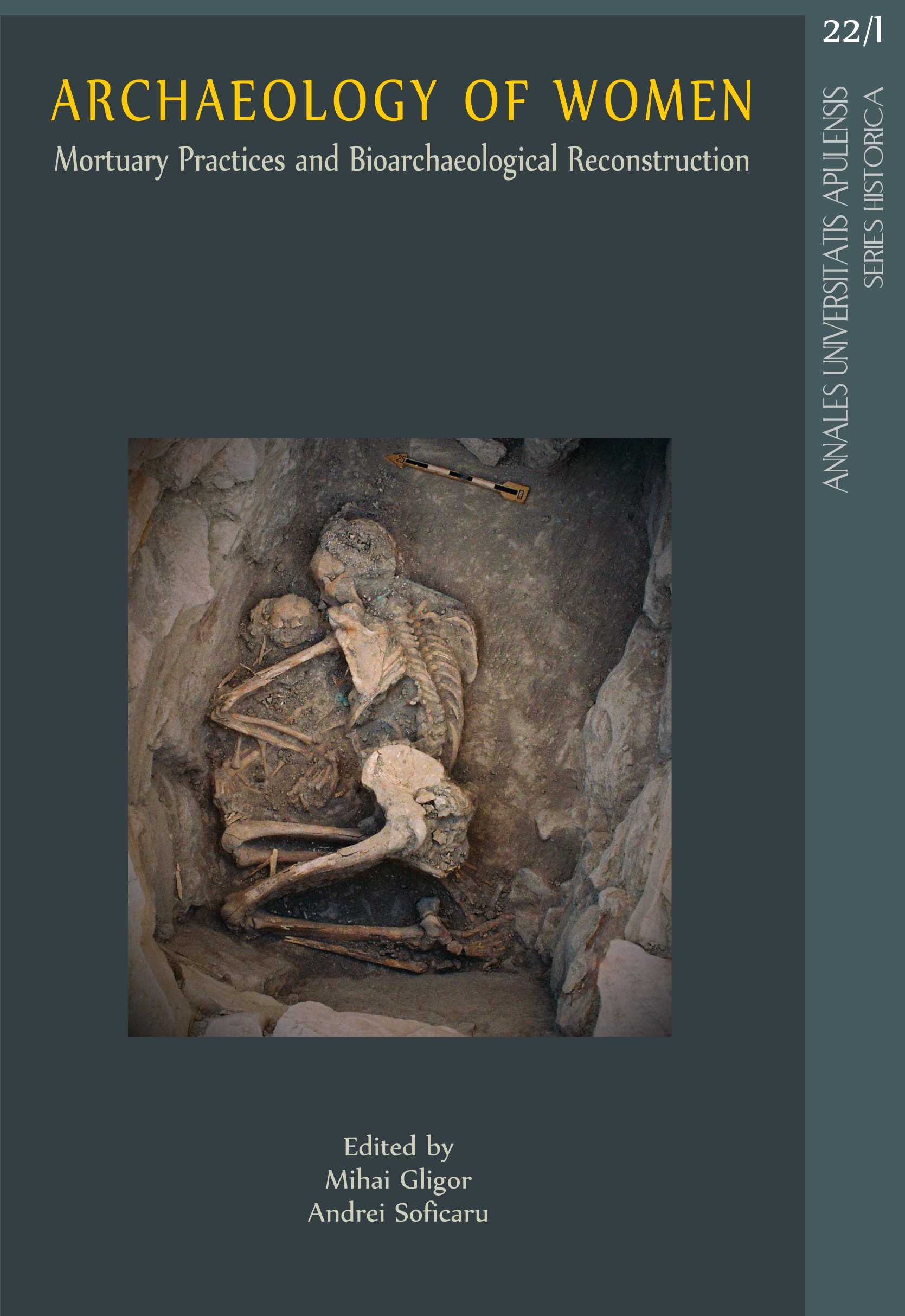Female Identity at the Beginning of the Modern Age – a Brideʼs Burial at Bubanj near Niš (Serbia)
Female Identity at the Beginning of the Modern Age – a Brideʼs Burial at Bubanj near Niš (Serbia)
Author(s): Vesna Bikić, Nataša Miladinović-RadmilovićSubject(s): Archaeology
Published by: Editura Mega Print SRL
Keywords: mortuary archaeology; Ottoman Balkans; congenital anomalies; paleopathology; pelvic region; so-called birth scars; bridal attire; female/gender studies;
Summary/Abstract: This paper studies the social aspects of burial practices at the beginning of the Modern Age, as evidenced in the case of a necropolis in the village of Bubanj near Niš (Serbia). The devastation of the necropolis, which took place over the past decades, and an insufficient number of unearthed skeletons have largely limited anthropological reconstruction and interpretation and precluded the study of internal population dynamics of this group. However, apart from the diseases usual in archaeological populations, a striking presence of congenital spinal and sacral anomalies in women was noticed. So many anomalies are rarely found at a single site; even before the exact etiology of many of them is determined, we can assume that this was a hermetic population or that the anomalies were hereditary. A series of paleopathological changes noted in womenʼs pelvises are likewise uncommon in archaeological populations. Most of them could have occurred as a consequence of pregnancy and childbirth. Dental analyses have revealed a poor oral hygiene and indicated a monotonous diet typical for agricultural societies. Judging by very prominent muscular and ligamentous entheses, squatting facets and Schmorlʼs nodes, it can be concluded that the members of this population were engaged in hard physical labor, most likely agriculture and everyday household duties. Burial rites practiced at Bubanj reveal the economic and social status of the community. Simple graves covered with planks and modest repertoire of grave goods were common in Christian communities in the Balkans at the beginning of the Modern Age. As such, they should not be taken at face value as illustrative of a poor economic status; persons with higher income who lived in a peaceful environment could be buried in the same manner as well. In such a setting, the grouped burials of women, including a young woman in full wedding attire, with a rich scarf and amulets, reflect not only the complexity of mortuary practices and cultural identity of Christian Serbs under Ottoman rule in the sixteenth and seventeenth centuries, but also the status of women within the community.
Journal: Annales Universitatis Apulensis Series Historica
- Issue Year: 22/2018
- Issue No: 1
- Page Range: 241-264
- Page Count: 24
- Language: English
- Content File-PDF

